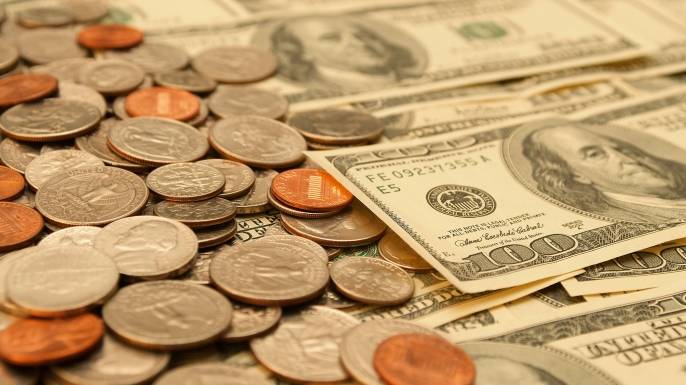As the popular saying goes, “Money makes the world go round.” As long as there are products to consume, a monetary system will be needed to enable the trade of these goods. Taking a glimpse into our ancestors’ methods provides us with an interesting history lesson to help us understand why our currency methods are ever evolving.
Barter
In Politics Book (c.350 B.C.) the Greek philosopher Aristotle contemplated on the nature of money. He considered that every object has two uses, the first being the original purpose for which the object was designed and the second possibility is to conceive of the object as an item to sell or barter.
Criticisms
David Kinley considers the theory of Aristotle to be flawed because the philosopher probably lacked sufficient understanding of the ways and practices of primitive communities and so may have formed his opinion from personal experience and conjecture.
Gift economy
In a gift economy, valuable goods and services are regularly given without any explicit agreement for immediate or future rewards (i.e. there is no formal quid pro quo). Ideally, simultaneous or recurring giving serves to circulate and redistribute valuables within the community.
Emergence of money
Anatolian obsidian as a raw material for stone-age tools was distributed as early as 15,000 BCE, with organized trade occurring in the 9th millennium. (Cauvin;Chataigner 1998). In Sardinia, one of the four main sites for sourcing the material deposits of obsidian within the Mediterranean, trade in this was replaced in the 3rd millennium by trade in copper and silver.
Early usage
The earliest means of storage are thought to be money-boxes made similar to the construction of a bee-hive as of the Mycenae tombs of 1550–1500 BCE.
Cattle were used as an early form of currency from 9,000 BCE onward (Davies 1996 & 1999). Both the animal and the manure produced were valuable; animals are recorded as being used as payment as in Roman law where fines were paid in oxen and sheep (Rollin 1836) and within the Iliad and Odyssey, attesting to a value c. 850–800 BCE.
Banknotes
Paper money was introduced in Song Dynasty China during the 11th century. The development of the banknote began in the seventh century, with local issues of paper currency. Its roots were in merchant receipts of deposit during the Tang Dynasty (618–907), as merchants and wholesalers desired to avoid the heavy bulk of copper coinage in large commercial transactions.
The issue of credit notes is often for a limited duration, and at some discount to the promised amount later. The jiaozi nevertheless did not replace coins during the Song Dynasty; paper money was used alongside the coins. The central government soon observed the economic advantages of printing paper money, issuing a monopoly right of several of the deposit shops to the issuance of these certificates of deposit. By the early 12th century, the amount of banknotes issued in a single year amounted to an annual rate of 26 million strings of cash coins.
Published in Young Nation Magazine on May 13, 2017






